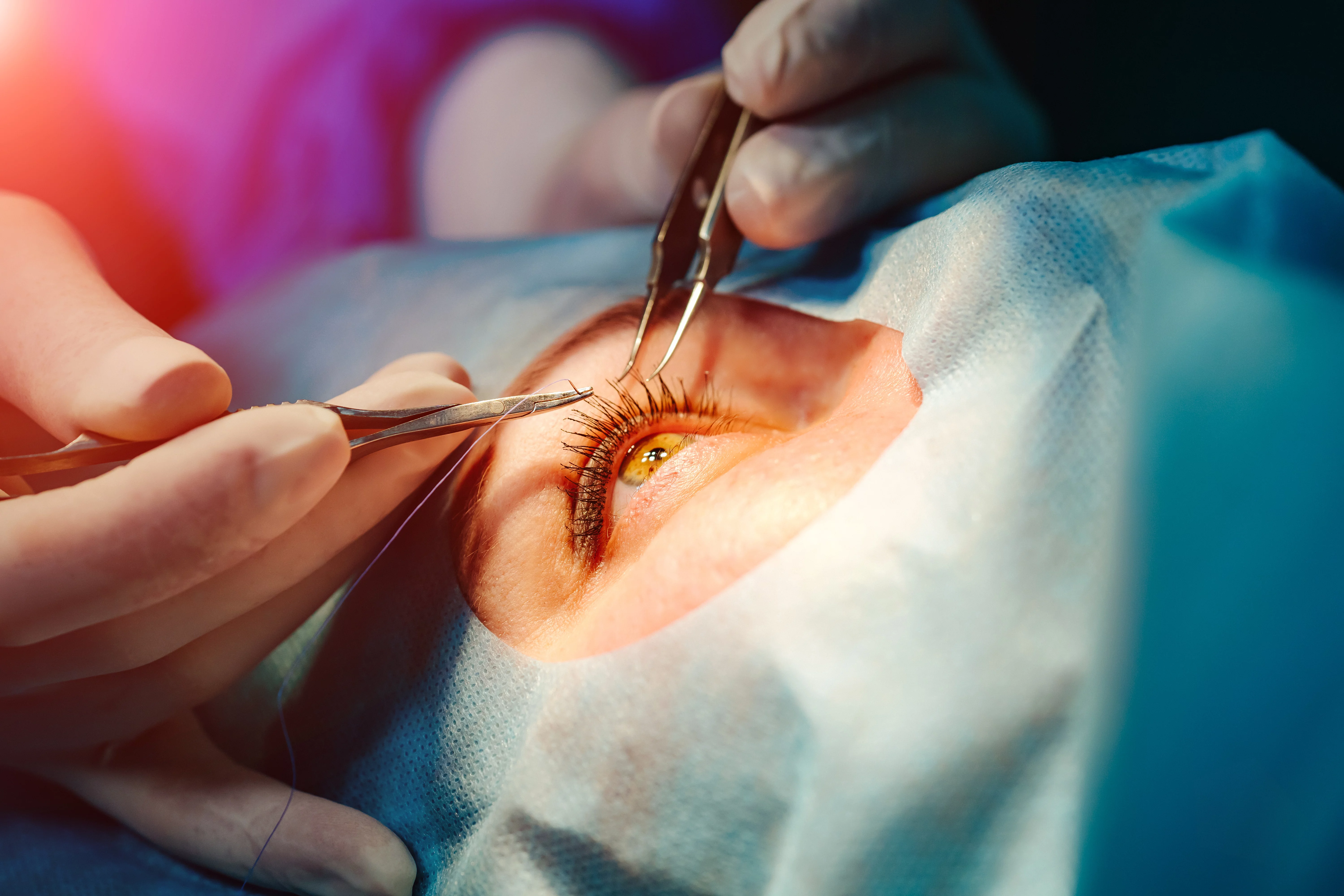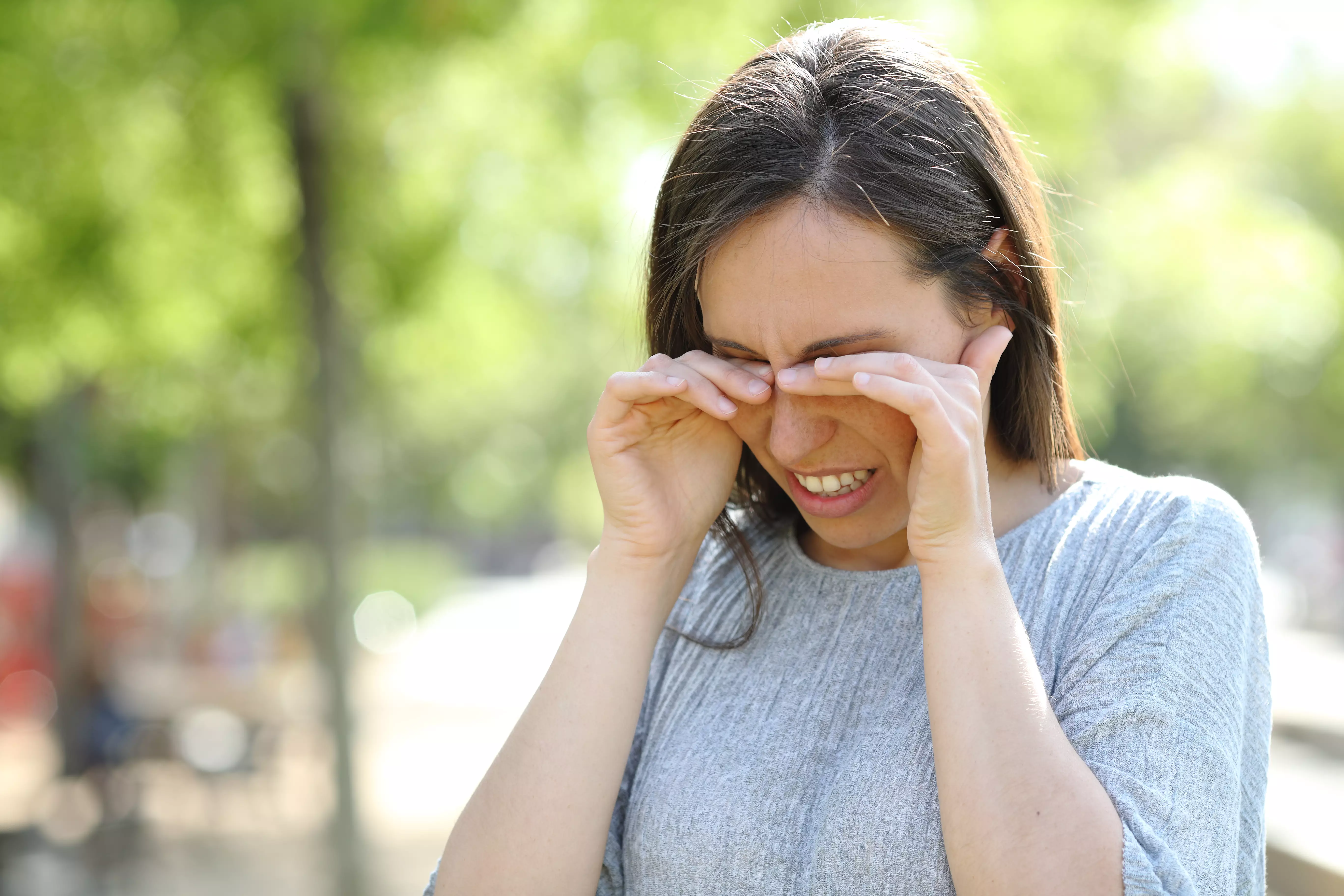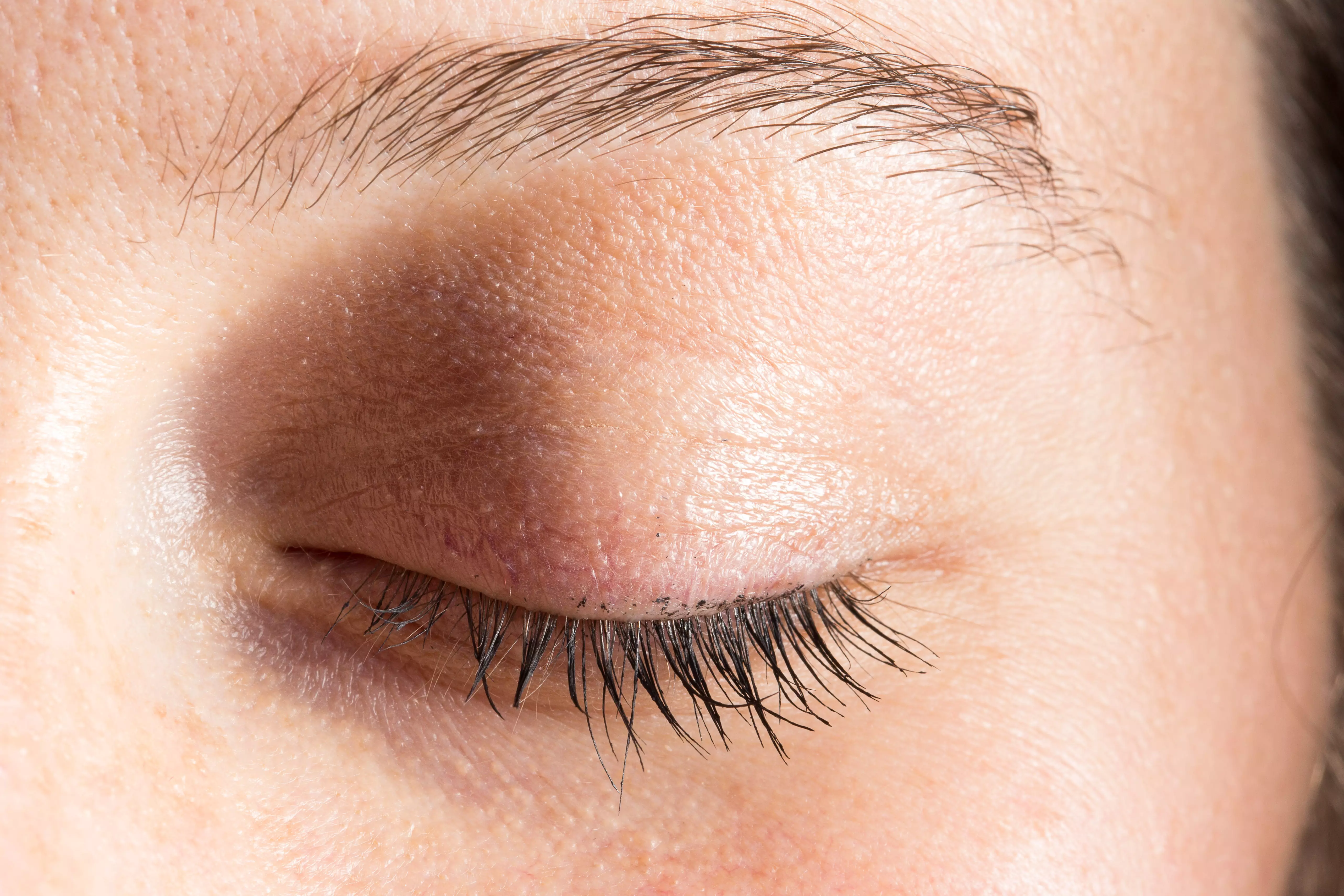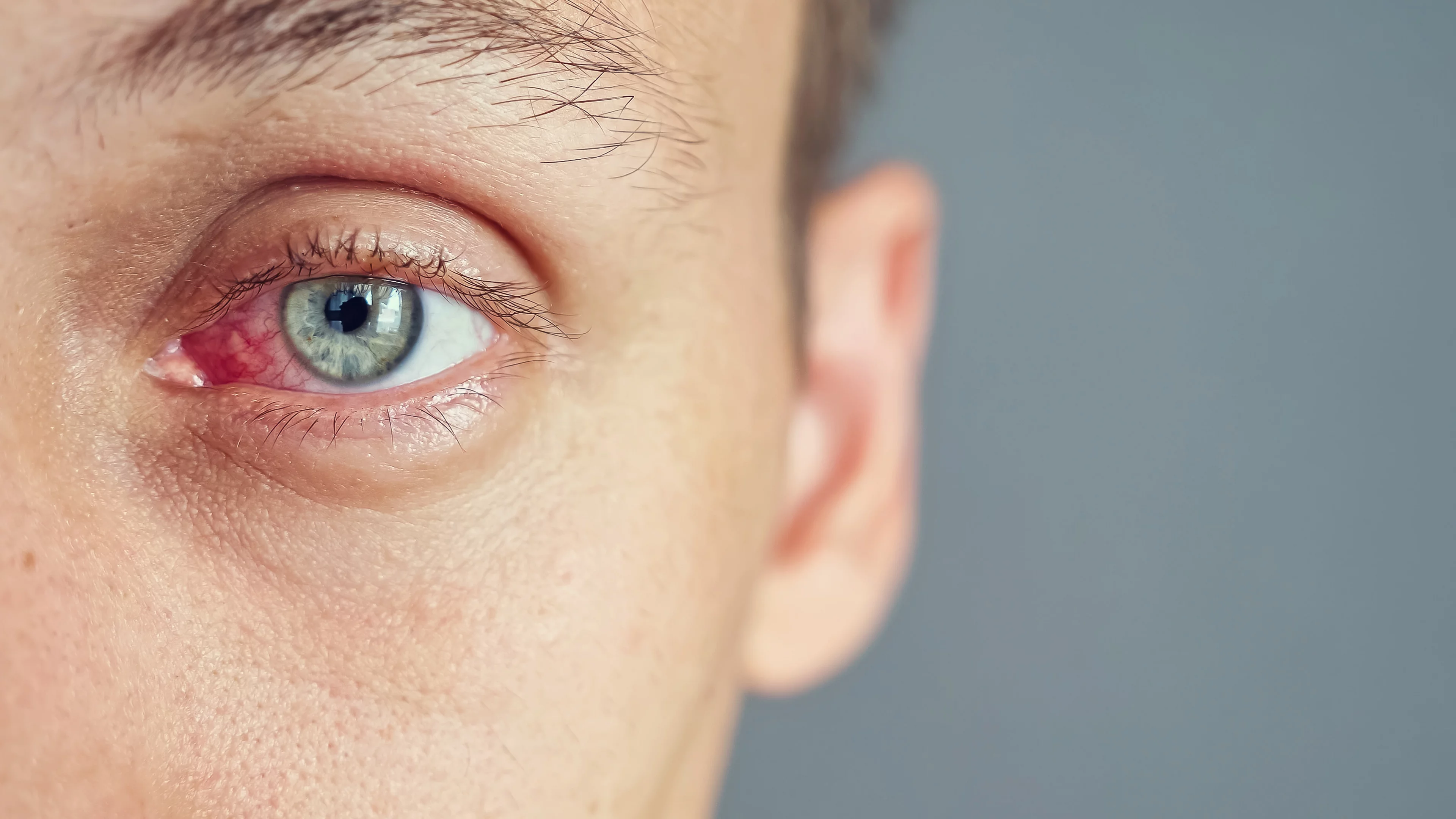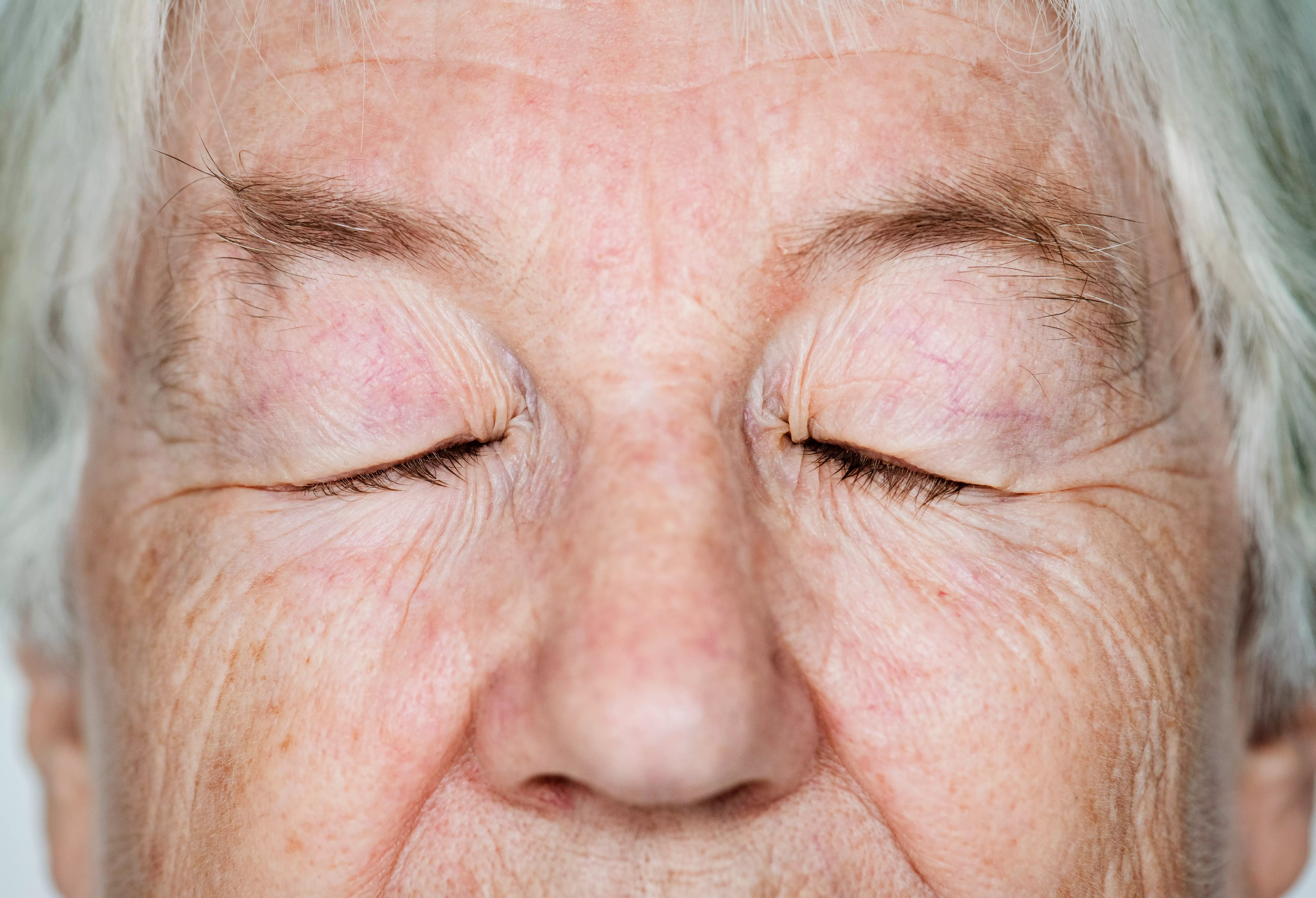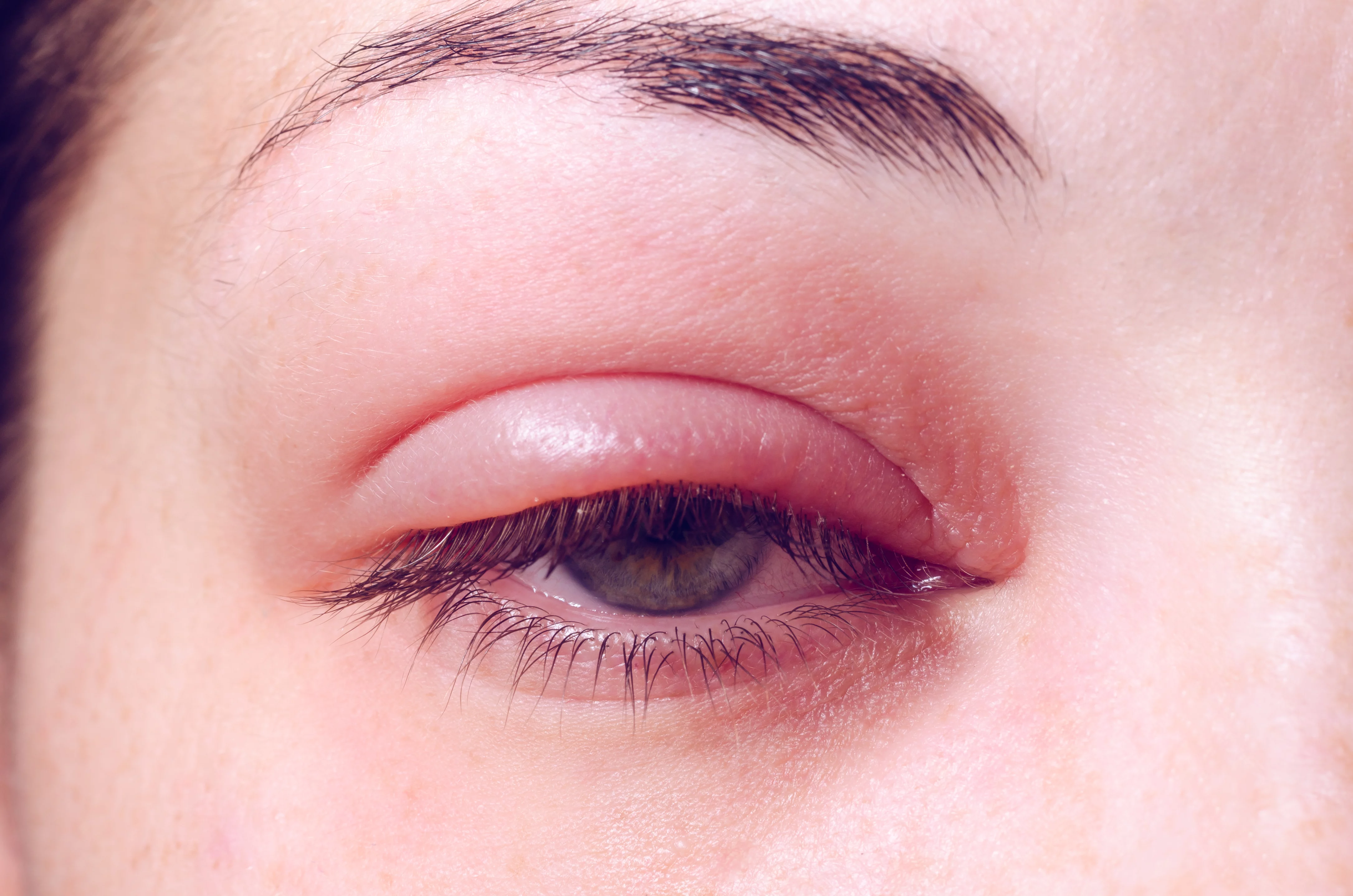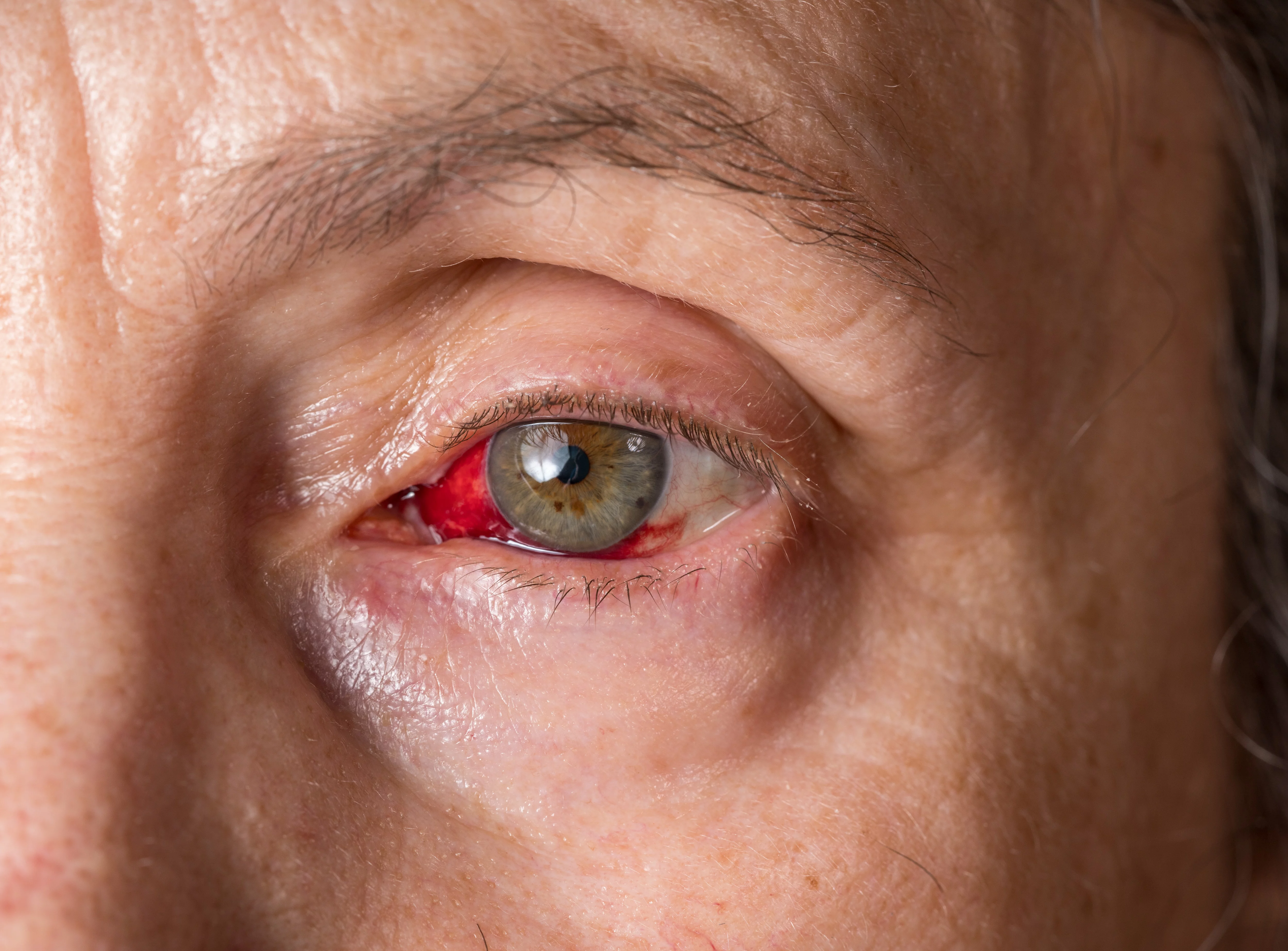What is cataract?

Cataract is a common eye disease characterized by the clouding of the lens. The lens acts as a natural lens and is located inside the eye, behind the iris (the colored part of the eye). It is essential for vision and also for accommodation, which is the transition from distant vision to near vision. Certain factors increase the risk of cataract, such as smoking (former and current), history of cardiovascular disease, family history of ophthalmic disease and high exposure to sunlight (ultraviolet rays)¹.
For more details on cataract surgery, please visit the Mydriasis page.
